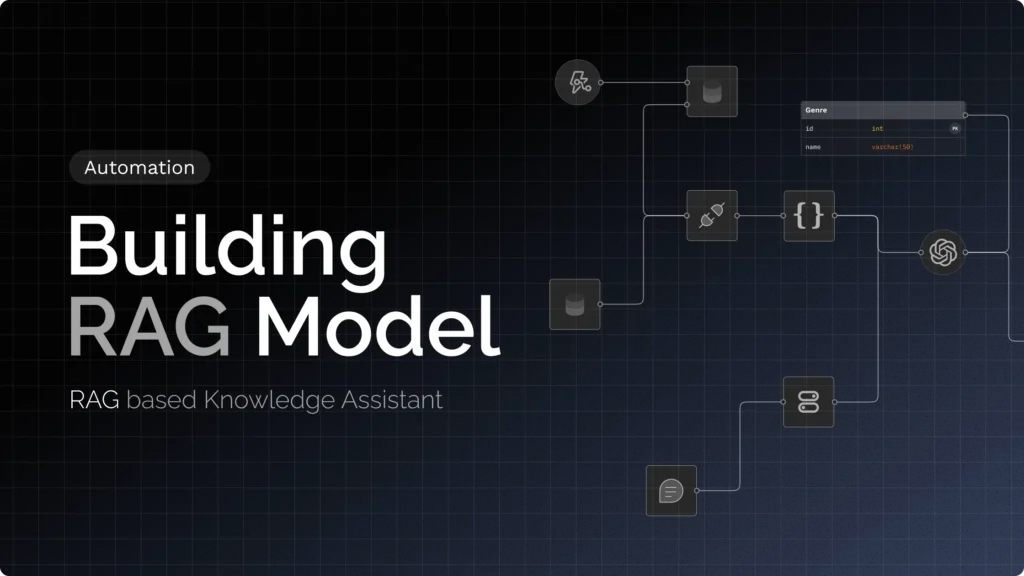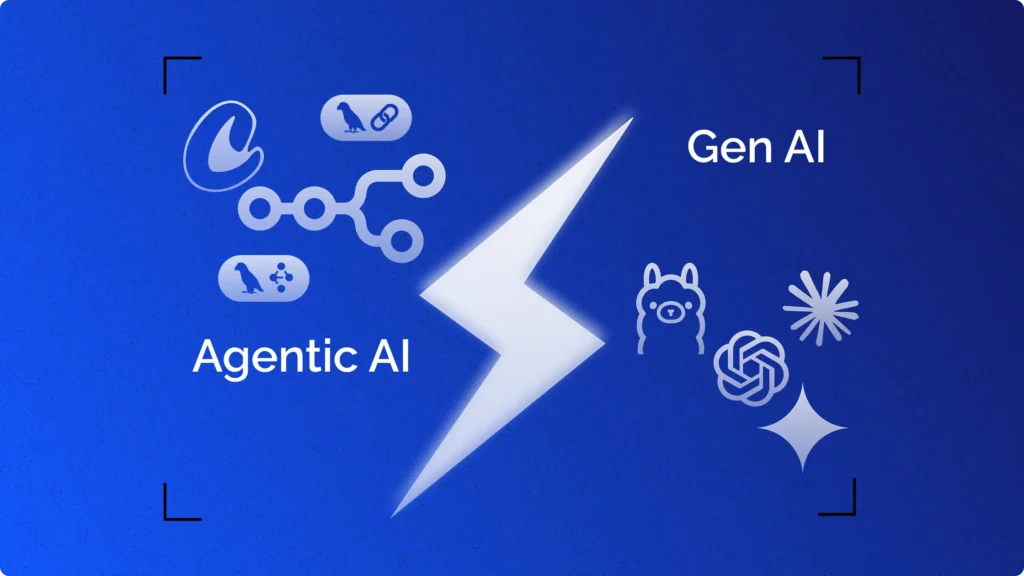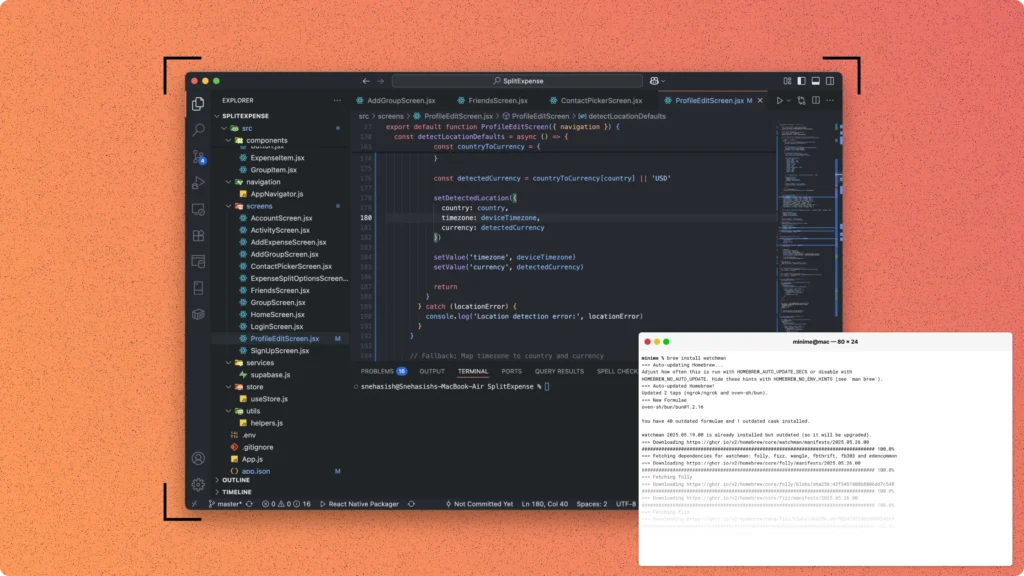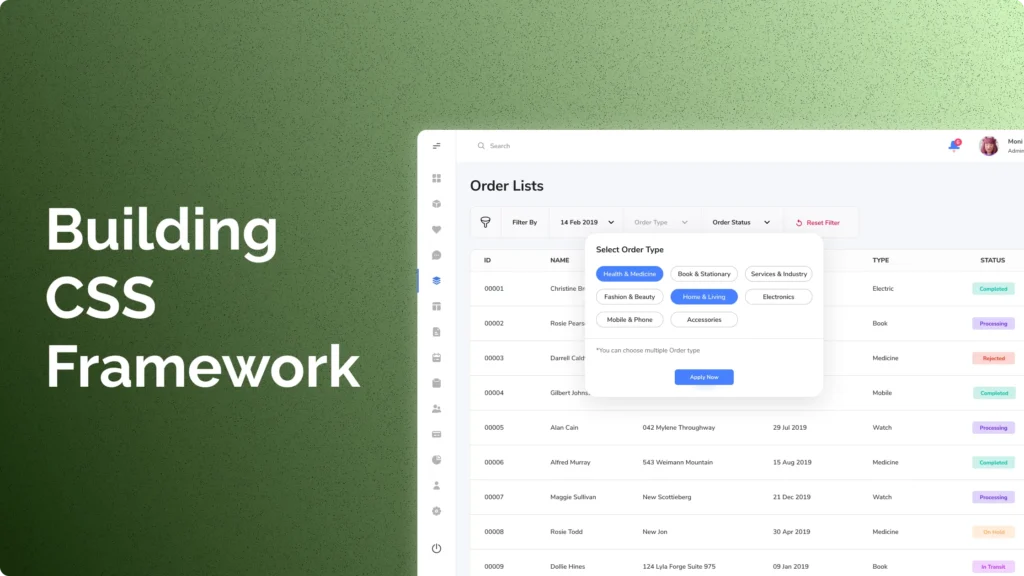Developer Advocacy is often misunderstood—dismissed as marketing in disguise or mistaken for technical support. But in reality, it’s neither. It’s a high-context, technical role built around product insight, developer empathy, and ecosystem awareness.
In the past month, I’ve spoken with multiple Developer Advocates across startups and large tech companies. Every conversation reaffirmed the same point: this role sits at a unique intersection of engineering, product feedback, and community voice. It requires more than writing blog posts or hosting webinars—it demands hands-on technical work, context-switching across teams, and a clear understanding of developer pain points.
This blog compiles those discussions into a clear, factual breakdown of what a Developer Advocate actually does, how their work impacts engineering and product success, and what technical and soft skills are essential for the role.
If you’re building a developer-facing product or want to understand how Developer Advocates influence adoption and retention, this guide will give you the context you need—minus the hype.
What is a Developer Advocate?
A Developer Advocate is a technically proficient professional responsible for improving the experience of developers using a product. Their role focuses on reducing friction, improving documentation and onboarding, and making developer feedback a core part of product development.
Unlike traditional roles that stay within engineering or marketing boundaries, Developer Advocates operate across functions. They write code, create demos, build with the product, and engage directly with the developer community to identify real problems and communicate those back to internal teams.
Several Developer Advocates I spoke with emphasized the same idea: advocacy is not about selling a product—it’s about making sure developers can use it effectively, without barriers. Whether it’s a low-level API or a full SDK, the advocate’s job is to think like the end-user and communicate like an engineer.
The role is often confused with Developer Evangelism or Community Management. While there’s overlap, an advocate’s primary responsibility is to represent developers inside the company—not just represent the company to developers. The direction of advocacy matters.
In mature devtool companies like Stripe, Twilio, or Supabase, Developer Advocates often sit at the intersection of engineering, product, and support, ensuring that the developer’s voice is consistently factored into every roadmap decision.
If a developer has a question, hits a blocker, or doesn’t understand the documentation, the Developer Advocate is usually the first to identify the gap and fix it.
What are the responsibilities of a Developer Advocate?
Developer Advocates operate across domains, but their contributions follow a consistent pattern: identify friction, remove ambiguity, and improve developer experience across every technical touchpoint. These responsibilities go beyond content creation—they require strategic awareness, hands-on coding, and tight feedback loops with internal teams.
Based on repeated insights from experienced Developer Advocates, here are the responsibilities they consistently manage:
1. Create Technical Content That Solves Real Problems
They write documentation, tutorials, integration guides, and sample apps—not for marketing metrics, but to help developers adopt the product with fewer blockers. Every article or repo must reflect real developer workflows.
2. Speak at Conferences and Developer Events
From small meetups to global conferences, they present technical talks, run workshops, or represent the product in panel discussions. The focus remains on solving developer problems, not pitching the product.
3. Engage with Developers Across Platforms
They actively monitor GitHub Issues, community forums, Discord servers, Reddit threads, and X (formerly Twitter) to track recurring pain points, answer questions, and join ongoing technical discussions. Listening is just as important as replying.
4. Bridge Product and Developer Feedback
They collect developer feedback—on APIs, error messages, SDK design, or missing docs—and translate that into clear action points for product and engineering teams. This ensures the product evolves in line with real-world usage.
5. Build with the Product—Not Just Talk About It
Advocates write code, test integrations, and often build public demos or internal tooling. They identify issues that typical QA or PM workflows might overlook—especially edge cases relevant to third-party developers.
6. Support Use Cases and Integrations at Scale
When developers struggle with an integration, especially in enterprise settings, advocates assist with onboarding, debug sessions, and architectural guidance. This often happens in coordination with support and solutions engineering teams.
7. Contribute to Open Source Where Applicable
In devtool or open-source ecosystems, Developer Advocates contribute directly to SDKs, CLIs, or documentation repos. Their PRs aren’t isolated—they reflect what they’ve learned from the community.
Developer Advocates don’t do everything at once. But they are expected to adapt fast and cover whichever task improves the developer experience today. Their role is proactive, technical, and cross-functional—not reactive support.
Who Do Developer Advocates Work With?
Developer Advocates operate across organizational boundaries. Their work touches product, engineering, support, marketing, and community—all at once. This cross-functional presence isn’t optional. It’s fundamental to making developer feedback actionable and product experience frictionless.
From my conversations, one thing became clear: the most effective Developer Advocates don’t just interact with developers. They influence internal strategy by aligning external insights with internal priorities.
🔹 Product Teams
Developer Advocates regularly work with product managers to report integration blockers, suggest UX improvements for APIs or SDKs, and validate roadmap decisions with community data. Their input ensures that product development doesn’t detach from real-world usage.
🔹 Engineering Teams
They collaborate closely with engineers, especially when reproducing bugs, testing edge cases, or pushing fixes upstream. Advocates often write their own reproducible code examples before escalating issues—saving engineering time and context.
🔹 Marketing Teams
Although they don’t work for marketing, Developer Advocates coordinate content distribution, align launch timing, and help avoid shallow messaging. Their goal is to make sure all external comms are technically sound and developer-respectful.
🔹 Support and Solutions Engineering
Developer Advocates often act as a second line of support for integration-heavy issues. In customer environments where documentation isn’t enough, they step in to provide code-level guidance, especially in pre-sales or early adoption stages.
🔹 Developer Community
At the core, every Developer Advocate serves the community. Whether it’s answering questions on GitHub, responding to forum threads, or maintaining community Slack channels, they stay close to users to understand where things break and why.
This cross-team presence is not a formality. It’s how developer pain points are surfaced and resolved—fast. Without strong internal collaboration, even the best external advocacy fails to influence product outcomes.
What Knowledge and Skills Make a Good Developer Advocate?
Developer Advocacy isn’t a junior-level marketing role rebranded for tech. It’s a multidisciplinary position that demands a deep understanding of how developers work, what they expect from tools, and how to bridge gaps between product limitations and real-world expectations.
Through conversations with practicing Developer Advocates, several key skill patterns emerged—technical, communication-based, and strategic. Here’s what consistently stands out:
🔹 Strong Technical Foundation
Developer Advocates write code. They debug APIs, contribute to SDKs, and build sample applications that others use as references. This requires working knowledge of languages, frameworks, toolchains, and deployment practices.
Example: One advocate at a cloud database company regularly builds full-stack apps to demonstrate real-time sync and failure recovery—something marketing decks can’t explain.
🔹 Understanding of Developer Workflows
They must think like a developer. That includes knowing the environments developers use (IDEs, Git, CI/CD, REST clients), understanding onboarding friction, and recognizing common integration patterns and pitfalls.
🔹 Clear and Concise Communication
They write detailed, accurate documentation and create tutorials that aren’t bloated with jargon. They must explain concepts to varied audiences—some who just want code snippets, others who need architectural context.
Writing skills aren’t optional here—they’re critical.
🔹 Empathy for Developer Pain Points
Advocates need to see beyond the feature list and focus on developer intent. Why is a user trying to solve something in a specific way? Why does an error message slow them down?
The best advocates don’t just log bugs—they explain why a workaround shouldn’t be necessary in the first place.
🔹 Experience with APIs and SDK
Whether REST, GraphQL, or language-specific SDKs, Developer Advocates are expected to understand how developers consume tools, not just how they’re built. This includes auth flows, pagination models, and platform-specific limitations.
🔹 Community Engagement and Listening Skill
They must observe discussions, spot trends, and collect feedback without bias. This isn’t about promoting features. It’s about discovering unmet needs through real developer conversations.
🔹 Adaptability and Context Switching
They shift between coding, writing, speaking, debugging, and strategy—often in the same week. Advocates work across high-context and low-context environments, requiring sharp prioritization.
While these skills may look broad, the thread connecting them is clear: Developer Advocates are builders first, communicators second. Without hands-on technical fluency, advocacy becomes shallow. Without communication clarity, it becomes ineffective.
Common Tools Developer Advocates Use
Developer Advocates operate in environments that require both engineering efficiency and communication clarity. The tools they use reflect this dual responsibility—ranging from IDEs and version control systems to documentation frameworks and community platforms.
Every Developer Advocate I spoke with mentioned the need to own their toolchain. Tools aren’t just conveniences—they’re essential to deliver value fast, accurately, and repeatedly. Here’s a breakdown of the categories and tools most commonly used in Developer Advocacy:
🔹 Code and Development Tools
Advocates write and test production-level code. Their development stack often mirrors that of the community they’re serving.
- VS Code / IntelliJ / WebStorm – for authoring and debugging code
- GitHub / GitLab – version control, pull requests, community contributions
- Postman / Insomnia – testing APIs and validating use cases
- Docker – running self-contained demo environments or simulating deployments
- Node.js, Python, Go – depends on product stack, but multi-language proficiency is common
Developer Advocates use these tools not to showcase features—but to break them before others do.
🔹 Documentation and Content Tools
Clear documentation is a core output. Advocates build, maintain, and often deploy technical content themselves.
- Markdown + Static Site Generators – Docusaurus, Astro, Hugo, Jekyll
- GitBook / ReadMe / Notion – structured documentation and internal playbooks
- CodeSandbox / StackBlitz – for embeddable, live-running examples
- OBS Studio / Screen Studio – recording demos and walkthroughs
They don’t rely on content teams for technical formatting. They publish, version, and maintain content the same way developers ship code.
🔹 Community and Communication Platforms
Advocates must be visible and accessible—without overwhelming signal loss.
- Discord / Slack / Discourse – for developer community support
- Twitter/X / Reddit / Dev.to / Hashnode – for ongoing engagement, trend spotting, and distribution
- Orbit / Common Room / Commsor – to track community health and engagement metrics
- Google Meet / Zoom / Calendly – for direct 1:1 dev conversations or user interviews
🔹 Analytics and Feedback Tools
Understanding what’s working—and what’s not—is part of the job.
- Google Analytics / Plausible – track documentation or blog performance
- Amplitude / Mixpanel – measure product usage patterns among devs
- Canny / Productboard – collect structured feedback and close the loop
The toolstack isn’t fixed. It evolves with the product, the team’s maturity, and the ecosystem’s needs. But one rule stays consistent: if a tool makes developers’ lives easier, Developer Advocates are expected to master it—before recommending it.

From Dev to Advocate – What the Transition Looks Like
Most Developer Advocates start as engineers. Some were building SDKs, others were debugging APIs, and a few were active contributors to open-source ecosystems. But what pushed them toward advocacy wasn’t a shift away from coding—it was a shift toward communication.
Every Developer Advocate I interviewed mentioned the same turning point: they were already explaining things—writing internal documentation, onboarding teammates, responding to community questions, or simplifying integration steps. They didn’t pivot away from development. They expanded into a role where communication and problem-solving became the product.
🔹 What Changes
- You start representing the developer, not just the codebase.
You’re no longer solving isolated tickets. You’re solving patterns of friction across many users. - You’re responsible for visibility and clarity.
That includes writing, speaking, and tracking how effectively knowledge spreads—something most engineers never optimize for. - You work across departments.
Instead of a single sprint backlog, you now contribute to product feedback cycles, release plans, docs, community requests, and adoption strategies.
🔹 What Doesn’t Change
- You still write code—frequently.
Developer Advocates are expected to break things, validate use cases, and produce working code examples. The quality of that code matters. - You still debug issues and test new features.
But now you do it from the standpoint of how quickly someone new can succeed—not just how it works in a local environment. - You’re still responsible for technical accuracy.
Any misstep in your tutorial, demo, or documentation gets flagged by users quickly—and trust is hard to rebuild.
🔹 Common Triggers for the Transition
- You found yourself writing better docs than the official ones—so others started referencing you.
- You preferred building open-source tooling over shipping internal features.
- You were already answering user questions in community channels, even when it wasn’t your job.
- You wanted to fix the experience around the product, not just the product itself.
The move from dev to advocate isn’t a promotion or downgrade. It’s a function change—from contributor to enabler. You’re measured not by feature delivery but by developer success. And that requires a broader lens, not a narrower scope.
Key Outcomes and Metrics Developer Advocates Are Measured By
Developer Advocacy is not a feel-good role. It’s measurable, trackable, and outcome-driven. The best advocates work with clear accountability—backed by defined KPIs, not vague notions of community building.
From discussions with Developer Advocates across API-first companies, a consistent pattern emerged: advocacy work only scales when it ties back to product adoption, user enablement, or community trust.
Here’s how their performance is commonly evaluated:
Content Engagement and Reach
- Number of readers/viewers for technical blogs, tutorials, or videos
- Time spent on content pages, bounce rates, and CTA conversion
- Organic mentions and backlinks (especially from dev communities)
Writing for SEO is not enough—usefulness and clarity are the real drivers of engagement.
Community Interaction and Developer Trust
- Number of issues resolved or clarified in GitHub/Discord/Reddit
- Active participation in forums, support channels, or code reviews
- Mentions from external developers referencing the advocate’s work
Trust is reflected in how often the community points to your content—not in how often you post.
Developer Onboarding Success
- Time-to-first-success (TTFS) on SDKs, APIs, or product workflows
- Drop-off points during integration or first setup
- Volume and quality of support tickets pre/post content publication
If your docs or demo apps reduce dependency on support, you’re adding direct business value.
Product Feedback Loops Closed
- Number of developer-sourced issues validated and forwarded
- Percentage of product changes influenced by dev-facing insights
- Frequency of productive collaboration with product and engineering
The goal isn’t just to surface feedback. It’s to make sure it lands and leads to change.
Internal Enablement Contributions
- Supporting pre-sales or customer success teams with technical materials
- Creating code assets, slides, or guides for launches
- Leading technical onboarding sessions for internal stakeholders
Developer Advocates who support internal teams amplify velocity across the org.
The exact metrics vary across companies. But the principle stays constant: Developer Advocates are evaluated not by how loudly they speak, but by how effectively they help developers succeed—at scale, and without friction.
Is Developer Advocacy Right for You?
Developer Advocacy isn’t a fallback for engineers who want to avoid writing code. It’s also not a stepping stone to product or marketing. It’s a role with its own weight—designed for individuals who care deeply about both technology and communication.
It suits a specific type of mindset. One that asks, “How can I make this easier for the next developer?” instead of “How fast can I ship this feature?”
If you’re considering this role, here are questions worth asking yourself—not as career advice, but as alignment checks based on how Developer Advocates actually work.
Do you enjoy breaking down complex technical ideas in clear, accessible language—without diluting the accuracy?
Are you already writing documentation, sample projects, or integration notes—even when it’s not your job?
Do you actively engage in developer communities, not just to promote, but to understand what developers are struggling with?
Are you comfortable with visibility—publishing content publicly, speaking in front of technical audiences, or responding to criticism?
Are you able to shift focus quickly—from writing code to reviewing a developer’s issue to planning a release-related walkthrough?
Developer Advocates thrive when they care more about developer outcomes than individual task ownership. They see success in how fast others integrate, how few questions are left unanswered, and how often the product just “makes sense” to someone new.
If that sounds like your default mode of thinking—not a stretch—then you’re already aligned with how strong Developer Advocates operate.
Conclusion
Developer Advocacy isn’t about broadcasting product features. It’s about closing loops—between developers and product teams, between documentation and real usage, between what’s shipped and what’s understood.
The most effective Developer Advocates act as infrastructure. They aren’t always visible, but their impact is measurable. They reduce onboarding time, prevent support escalations, and bring structure to community feedback. Their work improves the developer experience before a support ticket is ever raised.
One common trait among all Developer Advocates I spoke with was this: they listen more than they speak. Advocacy isn’t about being a spokesperson. It’s about creating technical clarity, then making that clarity accessible at scale.
In developer-first companies, this role often drives product improvement faster than internal QA. In newer teams, it defines how the product is perceived before marketing ever steps in.
Developer Advocacy is not a shortcut to influence. It’s a responsibility that comes with visibility, context switching, and the need to constantly prove value through work that helps others build faster, smarter, and with fewer blockers.
Frequently Asked Questions
What does a Developer Advocate actually do?
A Developer Advocate writes code, creates documentation, builds sample apps, and engages with developers to improve the product experience. They identify friction points and work across teams to fix them—often before they become support issues.
Is Developer Advocacy a technical role or a marketing role?
It is a technical role with cross-functional responsibilities. While Developer Advocates may collaborate with marketing teams for distribution, their primary focus remains on solving technical problems and enabling developer success.
Do Developer Advocates write production code?
They usually don’t contribute to core production codebases, but they do write production-grade sample code, test integrations, create SDK usage examples, and build reference applications. The quality and clarity of that code are critical.
What’s the difference between a Developer Advocate and a Developer Evangelist?
An Evangelist typically focuses on outward communication—talks, community building, and awareness. An Advocate also brings developer feedback back to internal teams. Advocacy works both ways; evangelism is often one-directional.
Can a Developer Advocate influence product decisions?
Yes. In most developer-first companies, Developer Advocates play a key role in shaping product direction by sharing structured feedback from real users. This influence increases when backed by consistent community engagement and technical insight.







